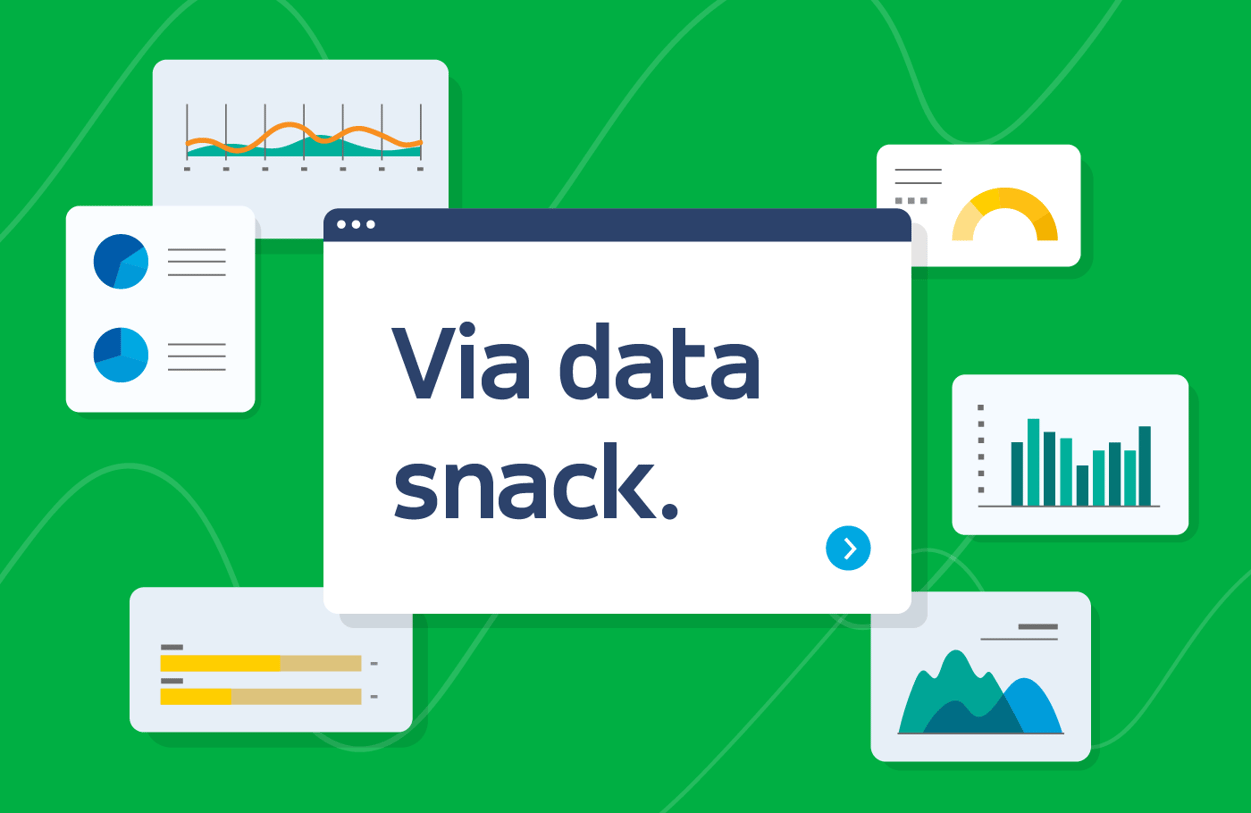Providing a single paratransit trip is getting more and more expensive. From 2015 to 2019, the average cost per paratransit trip in 16 major metropolitan areas has increased by almost 38%, meaning cities are spending more to serve the same number of riders. Rising expenses are correlated with increasingly inefficient services: average productivity (calculated by trips per hour) in those same cities has declined by 13%.
There are some historical roadblocks to providing quality paratransit service at a consistent rate: Many cities hold siloed operations for each part of the service like fleet management, route planning, dispatching, vehicle maintenance, customer support, etc. On top of that, agencies use minimal or outdated technology to oversee the whole process. For each individual trip, different companies are involved in various aspects of service, making everyday management manual, slower and less cost-efficient.
Transit leaders across the US are switching to new technology to reverse the troubling trends. Agencies like Hampton Roads Transit in Virginia are leveraging automated route and dispatching technologies to schedule paratransit trips, and are seeing huge gains. Since launching in February 2020, this fully-integrated ADA paratransit service has increased vehicle utilization by 17%, while cutting trip duration to half. Learn how.




%206.png?width=71&height=47&name=The%20Buzz%20Blog%20Hero%20(1750%20x%201200%20px)%206.png)